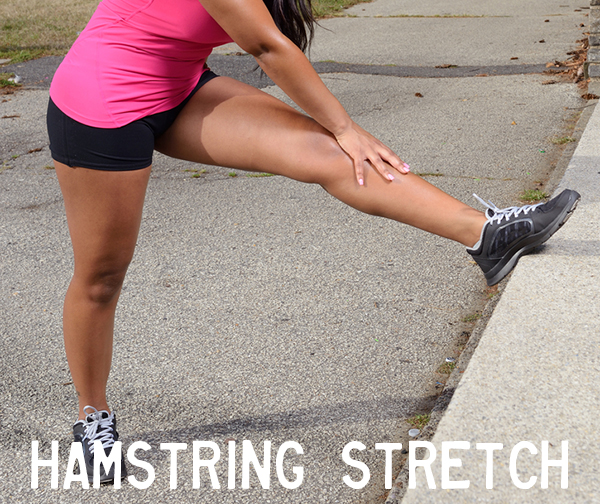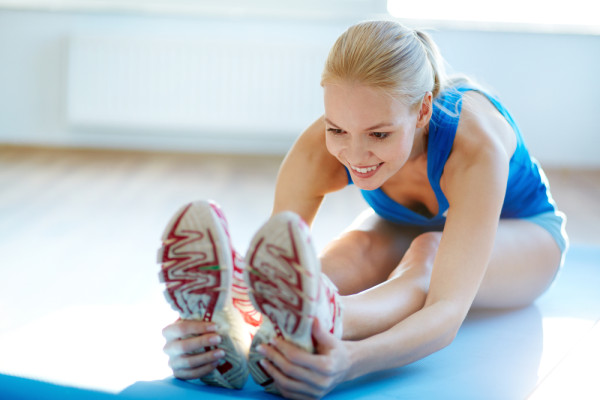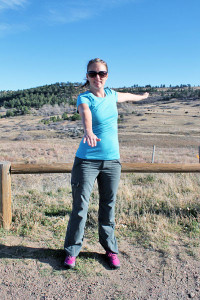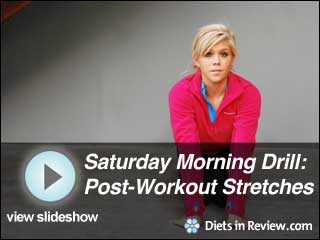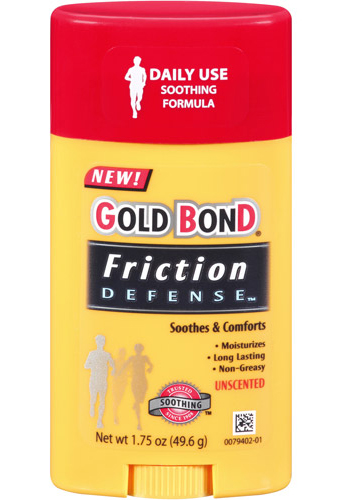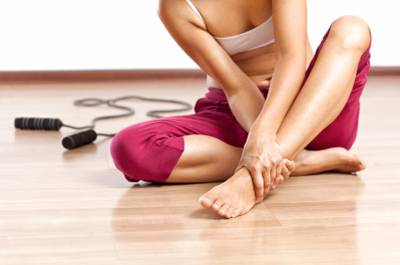Let’s face it, sometimes physical activity can be painful. People can throw their back out from lifting weights or tear their ACL while playing basketball. One mishap in the gym, court, or playing field can leave your body damaged. And, getting your body back to its original state will take lots of physical therapy. Yet, after physical therapy your body might not be back at its prime as it was before you got hurt.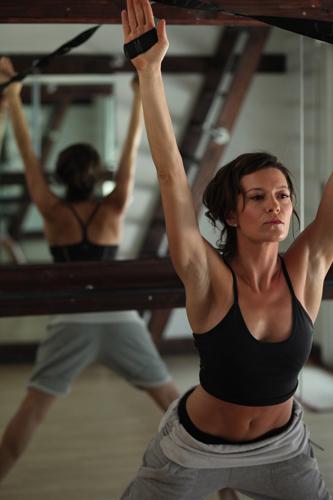
Grace SomatomorphicTM Technique, known simply as GST, is a workout that reshapes and heals your body for a better, stronger, and healthier you. After years of dancing took a toll on Anna Rahe and left her in pain, she was in need of therapeutic fitness but couldn’t find anything. So she created GST with her knowledge of fitness and its scientifically-supported research.
Anna wanted to teach others GST because it helps the body become pain free while toning to be more beautiful. “GST is also more than just a workout- it is a way of life. In addition, the process of GST directly engages the brain’s powerful desire and inclination for neuro-plasticity- to grow and change.”
GST’s philosophy is motivation, exploration, identification, excavation, assimilation, restoration, and transformation.
Motivation: Why do you want to better your health?
Exploration: Search for answers and try new things.
Identification: Understand what is wrong with your body and health.
Excavation: Dig and find new information that will help your restoration and transformation.
Restoration: Restore your body to its original health.
Transformation: Take your body’s health to the next level and transform it to a healthier better you.
There are four types of programs GST offers, each designed to heal and restore the body: Somatiques, Athletic, Body Shaping, and Pregnancy. The classes differ by the types of techniques that are used to heal and restore the body. (more…)


